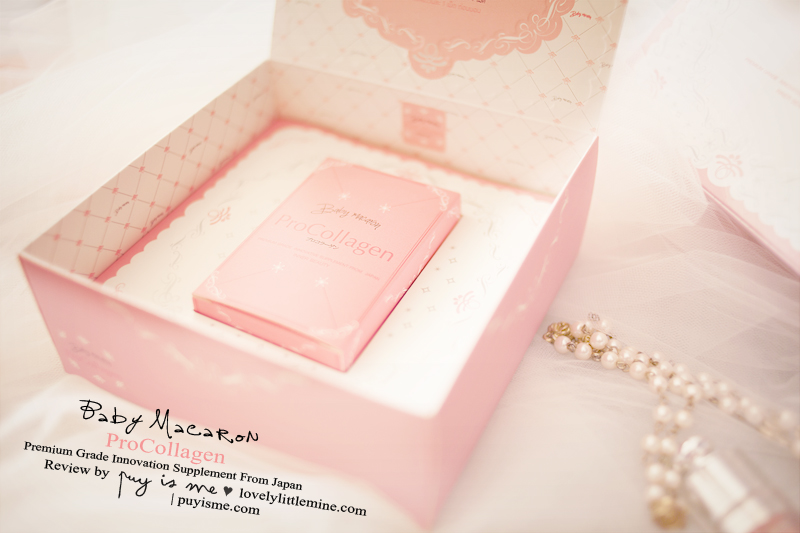
เอกสารอ้างอิง
Kanda N, Watanabe S. Regulatory roles of sex hormones in cutaneous biology and immunology. J Dermatol Sci. 2005;38(1):1-7.
2. Shah MG, Maibach HI. Estrogen and skin. An overview. Am J Clin Dermatol. 2001;2(3):143-50.
3. Izumi T, Saito M, Obata A, Arii M, Yamaguchi H, Matsuyama A. Oral intake of soy isoflavone aglycone improves the aged skin of adult women. J Nutr Sci Vitaminol (Tokyo). 2007 Feb;53(1):57-62.
4. Accorsi-Neto A, Haidar M, Simoes R, Simoes M, Soares-Jr J, Baracat E. Effects of isoflavones on the skin of postmenopausal women: a pilot study. Clinics (Sao Paulo). 2009;64(6):505-10.
Kotsopoulos D, Dalais FS, Liang YL, McGrath BP, Teede HJ. The effects of soy protein containing phytoestrogens on menopausal symptoms in postmenopausal women Climacteric. 2000;3(3):161-7.
6. Chabbert-Buffet N, Bonnin P, Levy B, Abdoucheli-Baudot N, Tribout L, Gaitz JP, et al. Cutaneous microvascular effects of mid-term hormone replacement therapy in healthy postmenopausal women: a prospective placebo controlled trial. J Mal Vasc. 2003;28(4):190-3.
7. Lund TD, Munson DJ, Haldy ME, Setchell KD, Lephart ED, Handa RJ. Equol is a novel anti-androgen that inhibits prostate growth and hormone feedback. Biol Reprod. 2004 Apr;70(4):1188-95.
8. Bae M, Woo M, Kusuma IW, Arung ET, Yang CH, Kim YU. Inhibitory effects of isoflavonoids on rat prostate testosterone 5alpha-reductase. J Acupunct Meridian Stud. 2012 Dec;5(6):319-22.
9. Raine-Fenning NJ, Brincat MP, Muscat-Baron Y. Skin aging and menopause : implications for treatment Am J Clin Dermatol. 2003;4(6):371-8.
10. Kurzer MS. Soy consumption for reduction of menopausal symptoms. Inflammopharmacology. 2008 Oct;16(5):227-9.
11. Ma DF, Qin LQ, Wang PY, Katoh R. Soy isoflavone intake increases bone mineral density in the spine of menopausal women: meta-analysis of randomized controlled trials. Clin Nutr. 2008 Feb;27(1):57-64.
12. Huang HY, Yang HP, Yang HT, Yang TC, Shieh MJ, Huang SY. One-year soy isoflavone supplementation prevents early postmenopausal bone loss but without a dose-dependent effect. J Nutr Biochem. 2006 Aug;17(8):509-17.
13. Kim J , Lee H , Lee O, Lee K , Lee Y, Young K, et al. Isoflavone supplementation influenced levels of triglyceride and luteunizing hormone in Korean postmenopausal women Arch Pharm Res. 2013;36:306-13.
14. Setchell K, McLachlan J.A. Estrogens in the Environment II 1985.
15. Sae-Koo P. EFFECT OF PROCESSING AND DEVELOPMENT OF APPROPRIATE TECHNIQUES ON ISOFLAVONESCONTENT DURING TOFU PREPARATION. Bangkok (Thailand): Mahidol University; 2005.
16. Scott KJ, Hart DJ. Development and evaluation of an HPLC method for the analysis of
carotenoids in foods and the measurement of carotenoid content of vegetables and fruits
commonly consumed in the UK Food Chem 1995;54:101- 11.
17. Tonucci LH, Holden JM, Beecher GR, Khachik F, Davis CS, Mulokozi G. Carotenoid contents of thermally processed tomato-based food products. J Agric Food Chem. 1995;43579-86.
18. Bramley PM. Is lycopene beneficial to human health? Phytochemistry. 2000 Jun;54(3):233-6.
19. Stahl W, Heinrich U, Aust O, Tronnier H, Sies H. Lycopene-rich products and dietary photoprotection. Photochem Photobiol Sci. 2006 Feb;5(2):238-42.
20. Dangoisse C. Dermo-cosmetics and prevention of skin aging. Rev Med Brux. 2004; 25 A365-A70.
21. Lenz H, Schmidt M , Welge V, Schlattner U, Wallimann T, Elsasser HP, et al. The creatine kinase system in human skin: protective effects of creatine against oxidative and UV damage in vitro and in vivo. J Invest Dermatol. 2005;124:443-52.
22. Darvin M, Patzelt A, Gehse S, Schanzer S, Benderoth C, Sterry W, et al. Cutaneous concentration of lycopene correlates significantly with the roughness of the skin. Eur J Pharm Biopharm. 2008 Aug;69(3):943-7.
23. Giovannucci E, Ascherio A, Rimm EB, Stampfer MJ, Colditz GA, Willett WC. Intake of carotenoids and retinol in relation to risk of prostate cancer J Natl Cancer Inst. 1995; 87:1767-76.
24. Mackinnon E. The Role of the Carotenoid Lycopene as an Antioxidant to Decrease Osteoporosis Risk in Women: Clinical and in vitro Studies. Institute of Medical Science University of Toronto. 2010:37-40.
25. Fuhrman B, Elis A, Aviram M. Hypocholesterolemic effect of lycopene and beta-carotene is related to suppression of cholesterol synthesis and augmentation of LDL receptor activity in macrophages. Biochem Biophys Res Commun 1997;233:658-62.
26. Misra R, Mangi S, Joshi S, Mittal S, Gupta SK, Pandey RM. LycoRed as an alternative to hormone replacement therapy in lowering serum lipids and oxidative stress markers: a randomized controlled clinical trial. J Obstet Gynaecol Res. 2006; 32:299-304.
27. คณะเภสัชศาสตร์ มหาวิทยาลัยมหิดล. เลือกรับประทานผลิตภัณฑ์มะเขือเทศชนิดใดรูปแบบใดให้ได้ไลโคปีนสูง. กรุงเทพมหานคร2556; Available from: //www.pharmacy.mahidol.ac.th/thai/knowledgeinfo.php?id=1.
28. Bob Longmore. Anthogenol The secret of OPCs is out there. Australian Pharmacist. 2007;26:787-92.
29. Tixier JM, Godeau G, Robert AM, Hornebeck W. Evidence by in vivo and in vitro studies that binding of pycnogenols to elastin affects its rate of degradation by elastases. Biochem Pharnacol. 1984;33(24):3933-9.
30. Sime S, Reeve VE. Protection from inflammation, immunosuppression and carcinogenesis induced by UV radiation in mice by topical Pycnogenol. Photochem Photobiol. 2004 Feb;79(2):193-8.
31. Saliou C, Rimbach G, Moini H, McLaughlin L, Hosseini S, Lee J, et al. Solar ultraviolet-induced erythema in human skin and nuclear factor-kappa-B-dependent gene expression in keratinocytes are modulated by a French maritime pine bark extract. Free Radic Biol Med. 2001 Jan 15;30(2):154-60.
32. Grimm T, Schafer A, Hogger P. Antioxidant activity and inhibition of matrix metalloproteinases by metabolites of maritime pine bark extract (pycnogenol). Free Radic Biol Med. 2004 Mar 15;36(6):811-22.
33. Ni Z, Mu Y, Gulati O. Treatment of melasma with Pycnogenol® Phytother Res. 2002;16:567-71.
34. Furumura M, Sato N, Kusaba N, Takagaki K, Nakayama J. Oral administration of French maritime pine bark extract (Flavangenol((R))) improves clinical symptoms in photoaged facial skin. Clin Interv Aging. 2012;7:275-86.
35. Hughes-Formella B, Wunderlich O, Williams R. Anti-inflammatory and skin-hydrating properties of a dietary supplement and topical formulations containing oligomeric proanthocyanidins. Skin Pharmacol Physiol. 2007;20(1):43-9.
36. Takahashi T, Kamimura A, Kagoura M, Toyoda M, Morohashi M. Investigation of the topical application of procyanidin oligomers from apples to identify their potential use as a hair-growing agent. J Cosmet Dermatol. 2005 Dec;4(4):245-9.
37. Rossi M, Rosato V, Bosetti C, Lagiou P, Parpinel M, Bertuccio P, et al. Flavonoids, proanthocyanidins, and the risk of stomach cancer. Cancer Causes Control. 2010 Oct;21(10):1597-604.
38. Rossi M, Lugo A, Lagiou P, Zucchetto A, Polesel J, Serraino D, et al. Proanthocyanidins and other flavonoids in relation to pancreatic cancer: a case-control study in Italy. Ann Oncol. 2012 Jun;23(6):1488-93.
39. Alternative Medicine Review. Oligomeric Proanthocyanidins (OPCs). 2003;8(4 ):442-7.
|



















 ) วันที่: 3 มกราคม 2560 เวลา:18:26:38 น.
) วันที่: 3 มกราคม 2560 เวลา:18:26:38 น. วันที่: 5 เมษายน 2567 เวลา:14:48:36 น.
วันที่: 5 เมษายน 2567 เวลา:14:48:36 น. ผู้ติดตามบล็อก : 115 คน [?]
ผู้ติดตามบล็อก : 115 คน [?]
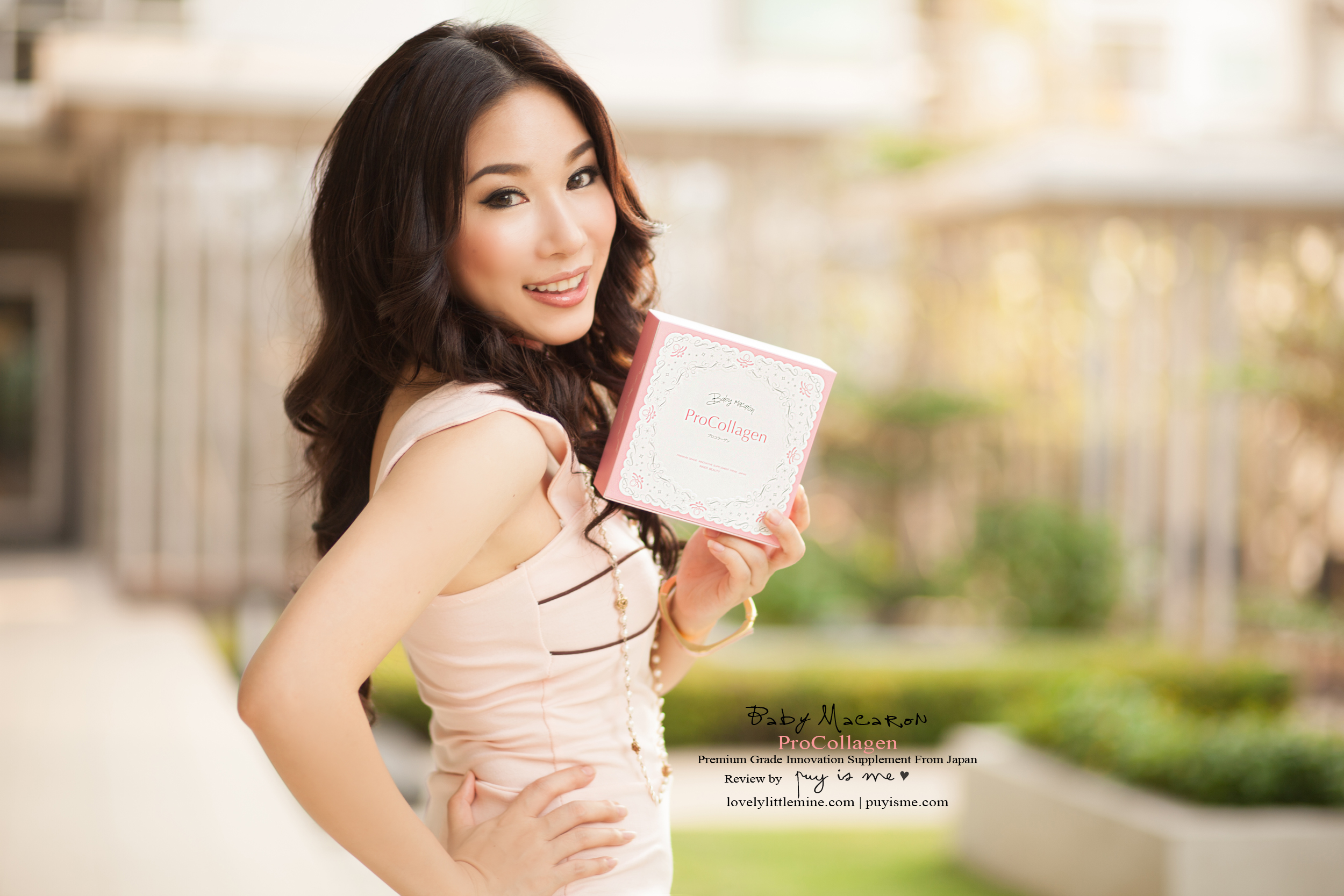

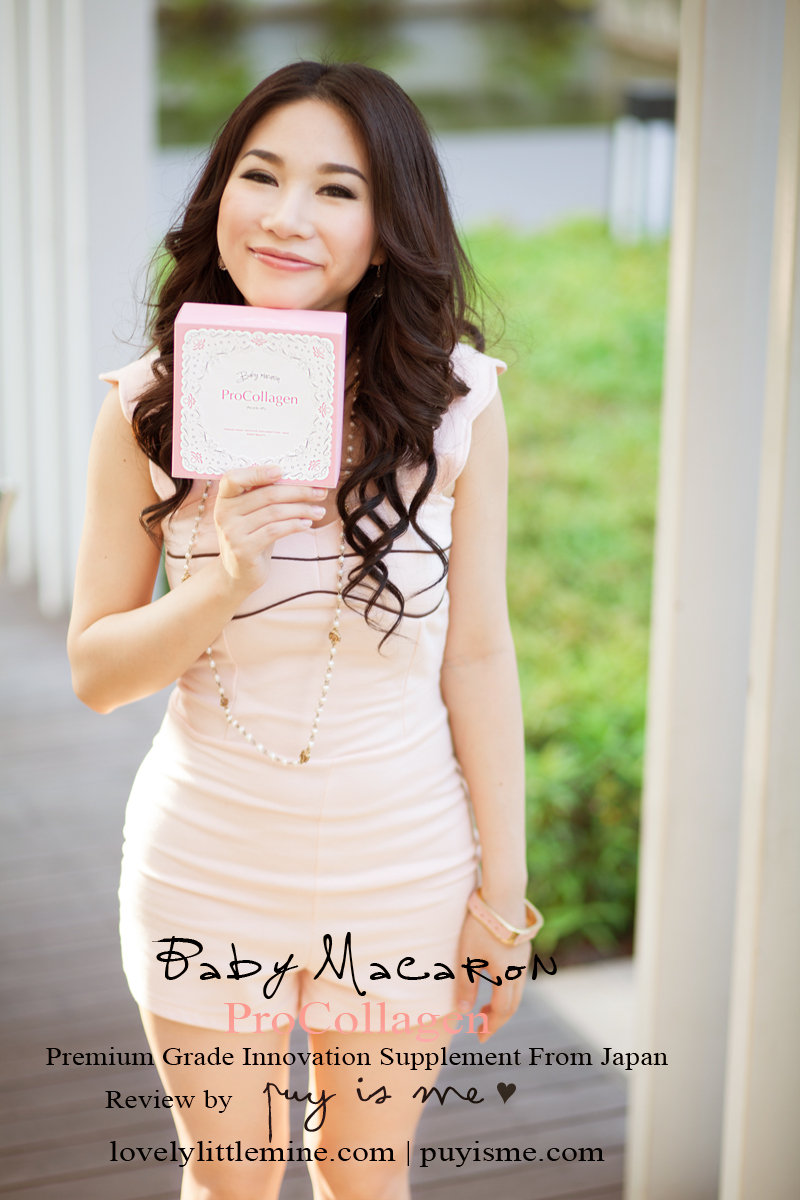
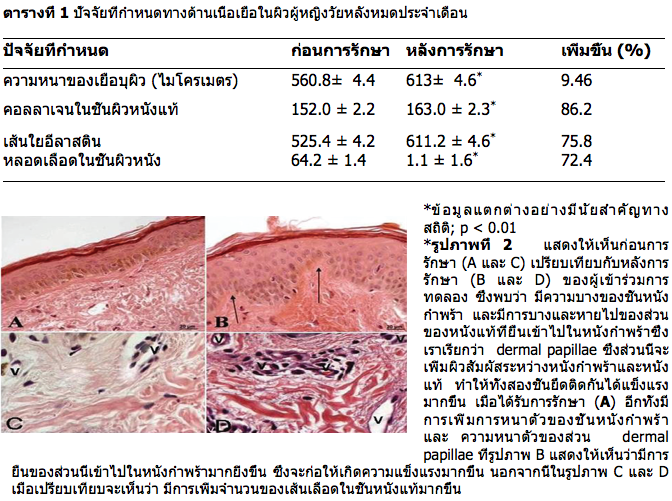
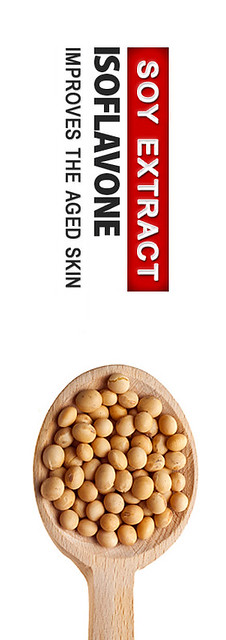
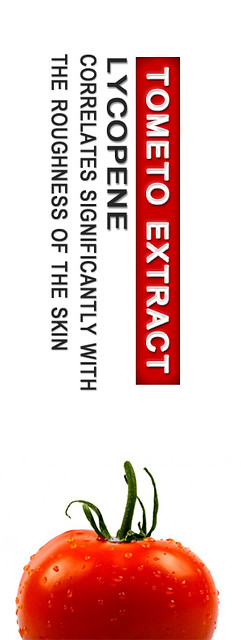
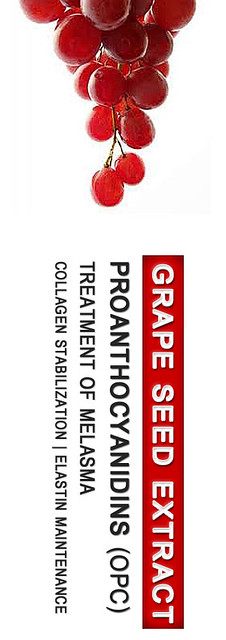



เรากินมา 2-3 กล่อง ถือว่าโดยรวม OK น่ะ เหมาะมากคนที่พักผ่อนน้อย...มันช่วยให้หน้ากระจ่างขึ้นเลย...